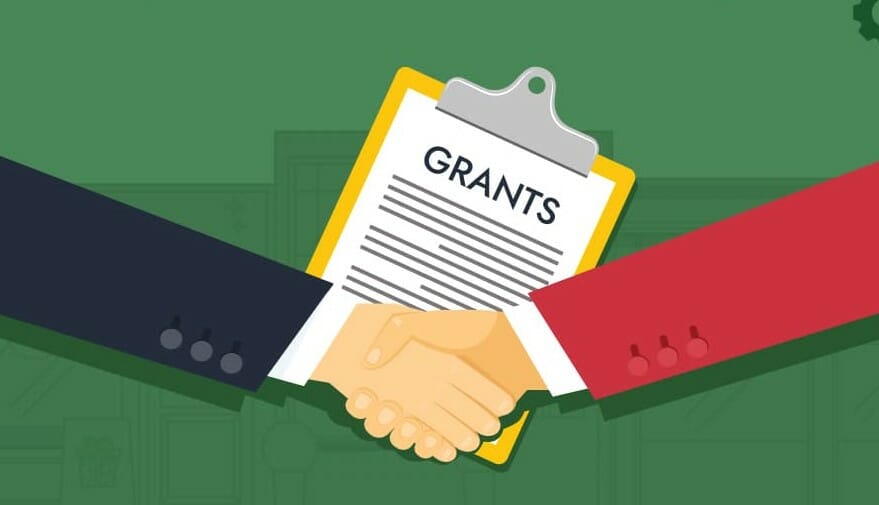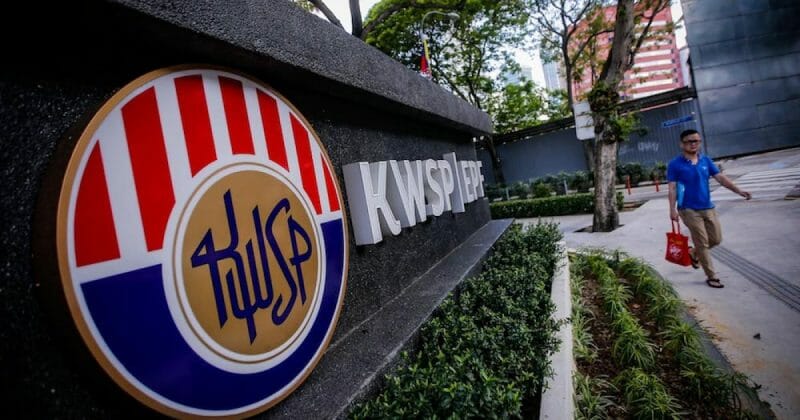
Published in Business Today, Astro Awani, Asia News Today & SARAWAKVOICE, image by Business Today.
One overlooked part of fiscal management is the grant ecosystem. Without proper governance, the allure of large “free money” allocations opens up opportunities for wastage, mismanagement, abuse, and fraudulent activities.
Grant syndicates and cartels thrive on an ecosystem that lacks proper governance, risking funds to illegal and unethical practices including misappropriations, embezzlements, corruption (any forms of inducement and collusions), and falsification of data and claims by all parties.
Grants are a commonly used tool to promote growth and development, and this will be reflected in Budget 2022 (being the largest budget ever), and the various targets under the 12th Malaysia Plan. Relatedly, many economists have stressed the importance of prudent spending given serious economic and financial constraints.
With reduced Government income, closure of many businesses, increasing size of lower-income groups, serious brain-drain of local talents, leaving of promising start-ups and fleeing investors, every ringgit spent has to be optimised by ensuring that it is given to the best (most deserving) companies to ensure real growth and development.
Instead, Malaysians were left in shock with the existence of a syndicate that monopolised government tenders worth RM3.8 billion as reported earlier this year, and RM640 million worth of financial wastage in 2020 due to financial mismanagement, according to the Auditor-General report. These are likely just the tip of the iceberg and a lot more are unaccounted for.
The programs and action plans of the various national policies such as the National Fourth Industrial Revolution (4IR) Policy (NP4IR), the Malaysian Digital Economy Blueprint (DEB), National Agrofood Policy 2021-2030 (NAP 2.0), and other sectoral policies will have to be implemented by many state bodies and the numerous government agencies.
Although spreading the management burden is practical, ignoring existing governance gaps means (purposely) allowing injustice and abuse of public and borrowed funds to continue.
Those who have been with agencies involved in nation-building would be well aware of the grant ecosystem sham. To put it plainly, it would appear that the “game” (of applying and awarding grants, soft/special loans, and other forms of assistance) is rigged. Similar problems persist in contract bidding and tender submissions.
Within this network are “leech” companies run by experts in nothing else but grant applications. These individuals are referred to as “grantpreneurs” – people that run companies through perpetual grants as the only or main source of cash flow.
These free-money addicts in full suits know exactly what is needed in applying for the grants, and of course, they have to know the right people as well.
For novice grantpreneurs, it is also said that they can even engage “grant runners”. These are experienced people in the game and can be considered as grant application consultants. They sell their expertise and contacts/links with grant managers and decision-makers for a price, feeding budding grantpreneurs to become full-fledged public funds parasites.
We have anecdotal evidence where access to grants in a government agency appears rather confusing via the existence of multiple (replicated and redundant) websites, likely only known to a few select people the grant cartel members bring in such as their friends, families, and business colluders.
Even worse is the fact that these funds were not only obtained unfairly or illegally but were also not used properly, if at all. A one-ringgit-company could misuse the funds for overseas travels and “business development” without any real outcome. Instead of development, the money goes into individual pockets, disappears through worthless activities, or takes shape in personal assets.
This highlights the insufficient or absence of post-disbursement monitoring, which is another key weakness in grant disbursement. The problem persists beyond the grant ecosystem and it is mainly because the criteria for being awarded lacks the IOOI (input, output, outcome, and impact) model.
These detailed targets have to be verifiable, realistic, time-bound, and most importantly measurable. Fiscal prudence also demands disbursements to be made in tranches and are milestone-based according to the IOOI model.
However, current loopholes allow the entire grant application process to be but mere “orchestration” of fulfilling paperwork requirements. Even an inferior grant application with bogus IOOI details may still be awarded if the process allows significant human discretion.
By right, access to grants should be made equally accessible, fully transparent, and decisions are based on know-how (merits) and not know-who. The entire process should be automated as much as possible.
The absence of a transparent accountability mechanism empowers corrupt grant administrators (process intermediaries) and decision-makers to freely exercise their own bias or personal preferences, making their sensitive posts prime targets for bribes and kickbacks.
Poor governance not only exacerbates fund leakages but also promotes unfair markets and discrimination, shunning away honest and hardworking local talents and promising start-ups.
This suppression of new market players (competition) increases wealth disparity, promotes disunity, and reduces innovation. As mentioned EMIR Research article “Poor governance antithetical to growth and development”, even the fanciest policy papers are only as good as the implementation, which is in jeopardy if politicians, people in ministries, agencies, and the often-overlooked civil servants in charge of policy implementation have their agendas and are colluding to protect the corrupt grant cartel machinery.
The corruption-promoting elements in the ecosystem mentioned earlier can be represented in American anticorruption academic and economist Dr. Robert Klitgaard’s well-known formula of corruption “C = M + D – A”, whereby corruption equals monopoly and/or intermediation plus discretion minus accountability.
Accordingly, fighting corruption requires the exact opposite i.e., removal of intermediaries and personal human discretion, and adding in full accountability mechanisms. For the case of grant frauds, potential solutions based on this formula can be expressed as a combination of technologies, legislations, and institutions.
Technology: Digitalisation of grant application processes, with the system architecture based on “integrity-tech” for full transparency, removal of human intermediaries, mechanism of accountability empowered through secured traceability technologies such as Distributed Ledger Technology (DLT), and automated decision-making (such as artificial intelligence) processes through clear criteria and detailed accounts based on the IOOI model.
System architecture must ensure full transparency, traceability, and verifiability of any human intervention. Blockchain-based National Digital ID in combination with biometrics should be used.
However, as mentioned by the Director of Digital Innovation in Government Directorate at the Development Bank of Latin America, Carlos Santiso, there are pre-policy implementation corruption risks due to inflated technology budgets to be developed and procured. Therefore, programs such as those under NP4IR, DEB, and the planned rollout of 5G may carry the same risk.
Law: Even the best technology can be misused if the systems in place are not enforced with effective legislation. The use of said technologies must be made mandatory by law. Leaving it as an option will surely fail. Effective and trusted whistle-blower laws are needed to protect key “frontliners” in the battle such as accountants, auditors, researchers, journalists, and most importantly, individuals within or in close proximity to the grant cartels.
Institutions: Even the best laws can be bent if courts are not fully independent and empowered. This requires structural reforms such as the separation of executive and judicial powers and the independence and empowerment of fiscal oversight bodies.
With the adoption of higher standards and practices of Open Data policies, fiscal oversight bodies and said frontliners can cross-reference information from other sources to check for irregularities for the prevention and detection of malpractice.
The technologies, legislations, and institutions should be embodied through a centralised and independent body and database that specifically monitor and record all grant-related processes and transactions across all ministries, agencies, and state bodies.
Malaysia seems to have a cartel for all sectors and industries due to similar weaknesses in governance and oversight ecosystem, all of which are ultimately rooted in the lack of political will. Similar solutions as outlined above can and must be applied immediately if Malaysia truly aspires to become an advanced nation.
Ameen Kamal is the Head of Science & Technology at EMIR Research, an independent think tank focused on strategic policy recommendations based on rigorous research

